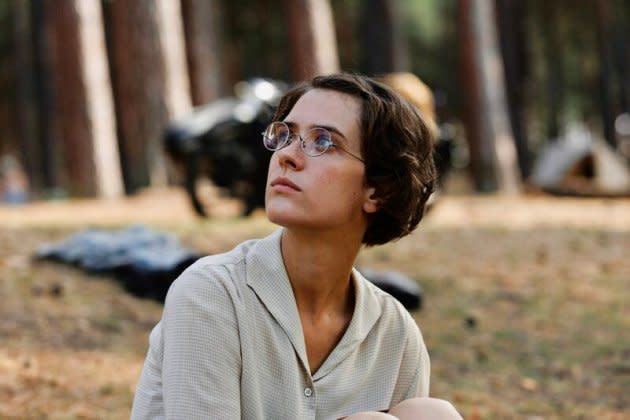
Fitzroy Gardens – baffling them with bullshit
COMMENT
Any designer knows that coming up with a design is only half the battle. The other half is selling it to the client, and slick operators know that if all else fails, baffle them with bullshit.
This is what we saw on a large scale at the self-styled ‘consultation’ session staged by Council last week presenting new designs for Fitzroy Gardens in Kings Cross.
The new design resulted from a “vision” according to Adam Fowler, Council’s Senior Landscape Architect.
“Both the City and the community wanted design excellence,” he said, neatly implying that the present park lacks design excellence. He quoted award-winning Paddington Gardens and Pirrama Park as examples. But these are not analogous to Fitzroy Gardens as they began as industrial wasteland that needed re-purposing. Fitzroy Gardens on the other hand is a beautiful, heritage-rich park that functions very well.
Mr Fowler significantly did not mention Rushcutters Bay Park or Orphan School Creek in Forest Lodge, re-builds that sparked howls of protest and even the arrest of a resident when the community occupied one site in an attempt to stop work.
Mr Fowler then quoted previous community feedback, saying that we wanted to protect the character of the park, maintain the trees, maintain the weekend markets and improve the children’s playgrounds. This cleverly implied that the new design, still under wraps at this point, would be guided by these principles.
But as the design was gradually revealed by the designers, it became obvious to this designer that none of the above principles applied.
The plan removes or relocates most of the existing trees into neat straight lines, excepting the large central fig. This totally changes the “character of the park”, with open space replacing the present privacy and intimacy, and grey paving ousting the convict-inspired terracotta.
The children’s playground seems to be an unfenced afterthought, to the annoyance of parents who like fences because they stop their kids running off and keep the dogshit out.
Fences, however, are anathema to Council’s neo-modernist planners.
While the recent heritage listing of the El Alamein Fountain was trumpeted, heritage values are ignored in the new design. The present 1960s park design is driven by the fountain and by convict heritage, showing remarkable foresight for the period.
The fountain in its hexagonal pools – the most copied design in the world – is reflected in the hexagonal raised planter beds around trees throughout the park, creating a strong visual identity. In the new design they vanish. Their brick walls contain convict bricks, some of the most original artefacts in Sydney’s Anglo heritage and distinguished by unique impression marks.
These bricks, featured in the Mitchell Library and the Powerhouse Museum among many others, are here not only on public display but functioning in their original purpose.
While we are assured that the new paving will not be grey granite, close-up artist’s impressions show grey paving, varied in straight lines. We are told it will be something “nice” and “sparkly”.
While the the present terracotta paving is inspired by the convict bricks, it has a far more practical function because it visually demarcates the park – and the residential precincts beyond – from the “grog precinct” as one perspicacious resident noted in previous feedback.
This is a fundamental town planning principle, ignored in the neo-modernist rush towards open space, accessibility and grey uniformity.
The brick walls also function very well as seating. They provide a comforting ‘back to the wall’ feeling that gives a feeling of privacy to people who now use the park as a quiet haven from the nearby bustle. The new seating shown is out in the open, amoeba-like blobs that sit three people back-to-back, precluding easy conversation among friends but too close for comfort if you want to eat your lunch alone.
The new design has a “promenade” running from Darlinghurst Road to Elizabeth Bay Road (past the police station to the Gazebo), following the original line of Elizabeth Bay Road. This means the large brass sculpture in front of the police station will go. This accords with standard public space design principles which hold that an open visual connection to a destination encourages pedestrian activity.
However in this case, it is more important to recognise the unique location of this site, between Sydney’s premier party precinct and residential areas. Here we need demarcation, not open vistas.
And the commuters hurrying to and from Elizabeth Bay already know the way and use it because it is the shortest way home.
As urban planning guru Jane Jacobs said: “Newness, and its superficial gloss of well-being, is a very perishable commodity.” And “newness” seems to be the only rationale for this project.
by Michael Gormly









